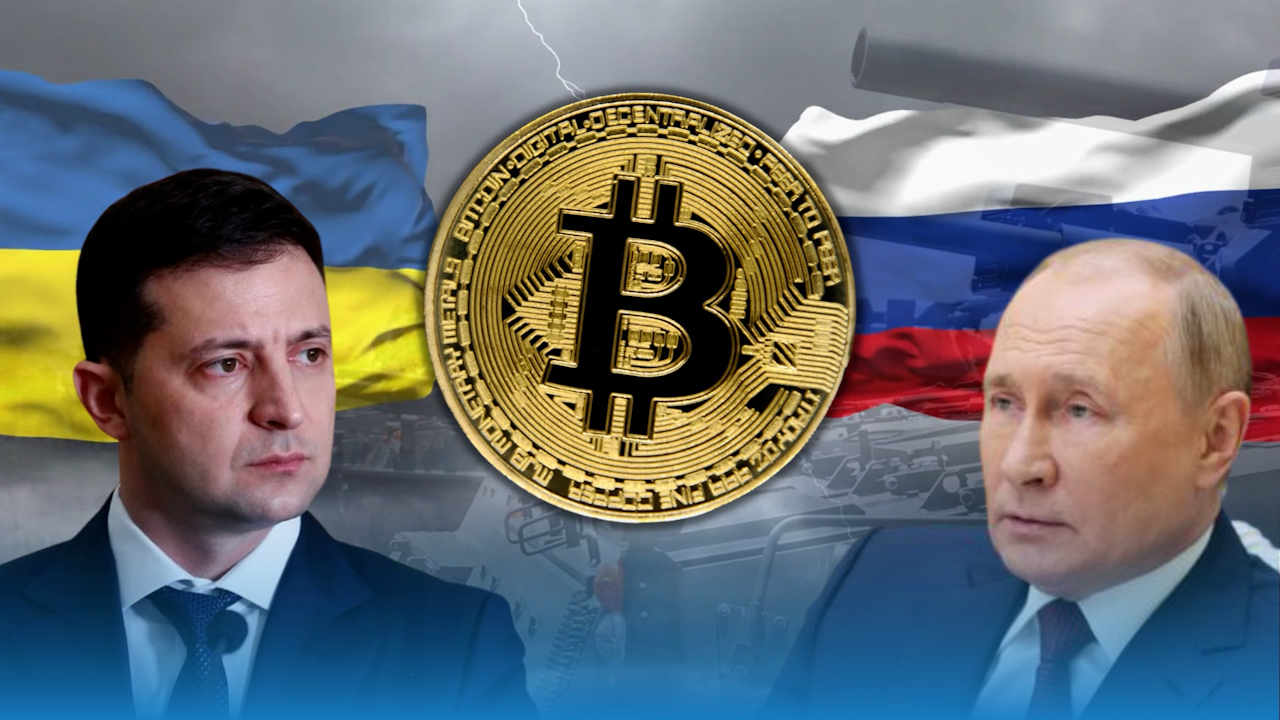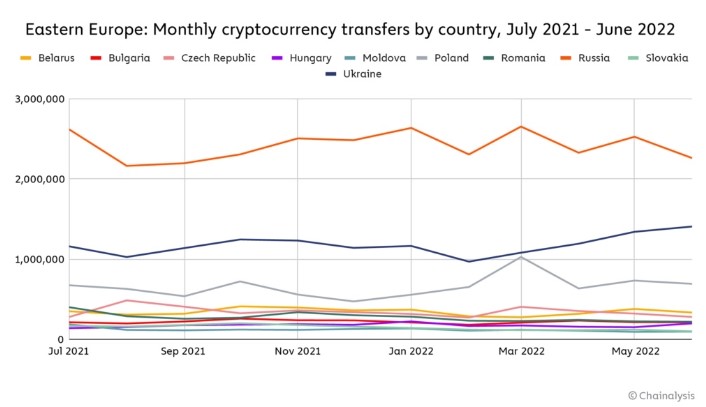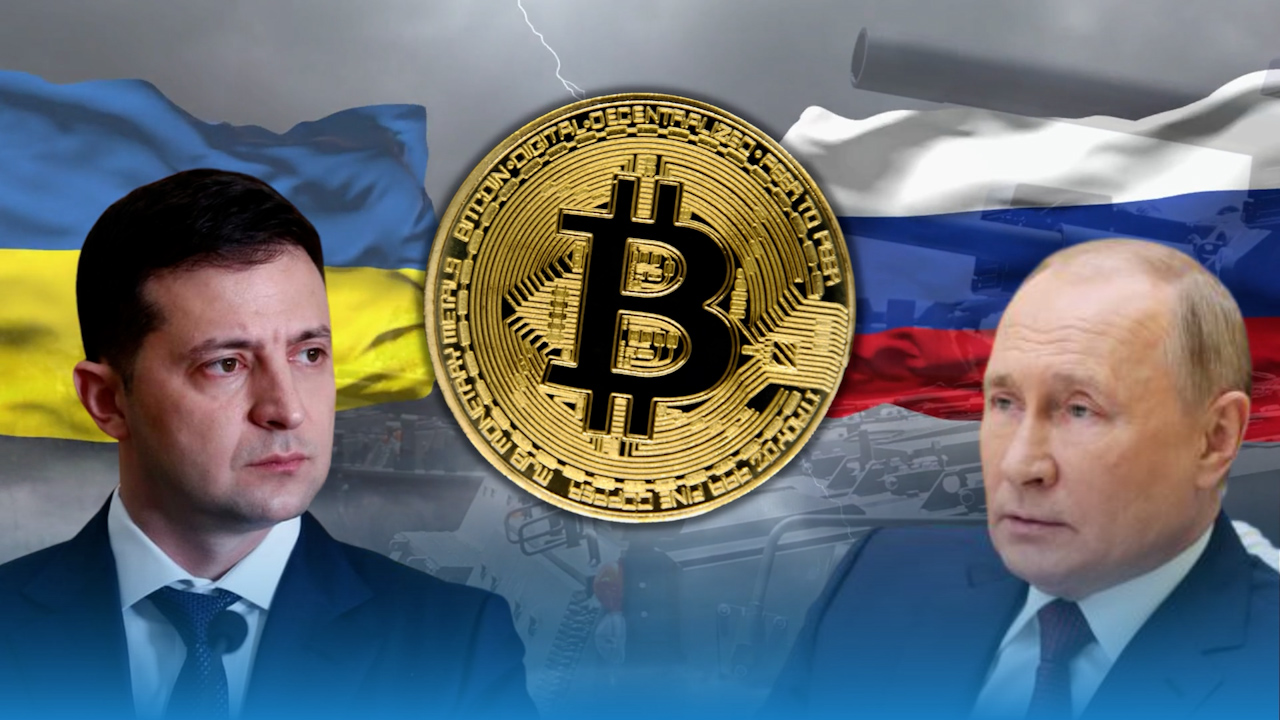According to Chainalysis, an American blockchain analysis firm that aids its customers in blockchain analysis, cryptocurrency-related activity in both Ukraine and Russia has increased as a result of the deadly war between the two nations.

Due to interest rate hikes to curb increasing fiat inflation as well as numerous sanctions as a result of the ongoing war has led to several spikes in cryptocurrency transaction volumes this year, Chainalysis has found.
Given it is a war, many aspects of life within both countries have been altered, with the cryptocurrency and blockchain space being no exception.
Economic sanctions, which in essence have barred Russian institutions from global financial and payments markets, have been the weapon of choice wielded by the allies of Ukraine, led by the United States.
As the impact of these sanctions has become apparent on the Russian economy, and the destruction of infrastructure has also led to many Ukrainians being cut off from traditional banking functions.
The underlying purpose of this technology was to allow individuals and institutions to transact without the need for either dollars (or any other fiat currencies) or incumbent financial institutions. Is cryptocurrency having its moment?
It certainly is showing its decentralised prowess throughout this global opportunity, despite it being a grim one.
So how has cryptocurrency, given it has picked up in volume in both nations throughout the conflict, been utilised?
Most global policymakers have loudly voiced concerns that cryptocurrencies will be used to evade sanctions by Russian officials and individuals subject to economic sanctions.
Conversely, the Ukrainian government has actively solicited direct donations in the form of crypto assets, with over $100 million (€90.9 million) received as of this writing. These donations – rightly so – have been lauded as a “good” use case of crypto assets.
Shortly after the hostilities began in late February, Russian and Ukrainian cryptocurrency transfers saw an increase.
In the following weeks and months trends diverged, and while Russian transactions wavered in a relatively narrow range, possibly influenced by restrictions on services and numerous sanctions, Ukrainian transactions steadily rose through June.

According to News.Bitcoin.com, in March, right after the war started, Ukrainian hryvnia-denominated trade volume jumped 121% to $307 million, while Russian ruble-denominated trade volume rose 35% to $805 million. “After that, we see volumes drop off for both countries, ebbing and flowing through August, but never reaching their March highs,” the authors of the Chainalysis study noted.
The news.bitcoin.com article points to the currency controls introduced under the martial law imposed by Kyiv, including restrictions on the cash purchases of U.S. dollars or euros and transfers abroad, as a reason for some Ukrainians may having looked to exchange their hryvnia holdings for cryptocurrency, according to Tatiana Dmytrenko, a high-ranking adviser in Ukraine’s Ministry of Finance and member of the World Economic Forum’s Digital Assets Task Force. Cryptocurrency trading volumes declined when these measures were relaxed in July.
“The major question not just for oligarchs but also ordinary Russians became, ‘how do you get money out of Russia? Many began looking for new places where they could cash out their crypto” says a money laundering specialist who worked alongside the report from Chainalysis. He cited the UAE, Turkey, Kazakhstan, and Georgia as jurisdictions where Russians could have found such services.
Additionally, cryptocurrency and blockchain technology could actually play a role in financing Russia’s foreign trade, after its banks were cut from the global payment messaging network SWIFT.
The expert pointed out that the Central Bank of Russia recently agreed to legalise cryptocurrency payments for cross-border settlements and some companies may have already started using digital assets for such transactions. In his opinion, stablecoins would likely be preferred as a medium of exchange as they are not volatile like Bitcoin.

As mentioned prior, decentralisation has also aided Ukraine in their defensive efforts. With Elon Musk enabling Starlink (a satellite-enabled internet system) to operate ahead of schedule, cryptocurrency, along with the robust digital and cyber communities within the nation, has helped allow the Ukrainian government, organisations, and citizens to continue participating in financial transactions. Such access has proven an invaluable lifeline to both the government and every citizen as the fierce fighting continues.
Although the War has brought a lot of pain and conflict throughout 2022, cryptocurrencies as complex, multi-faceted, assets have shown their utility on the financial scene. With further maturity and time, the narrative surrounding these assets will continue to evolve.
